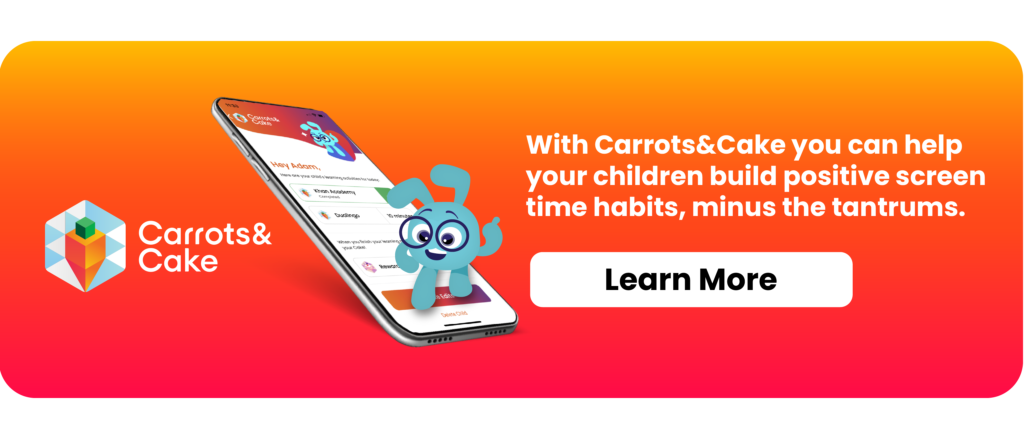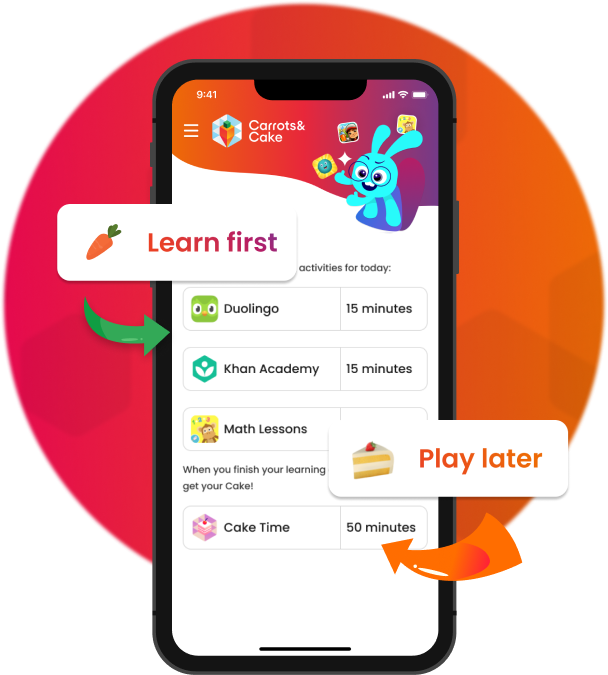


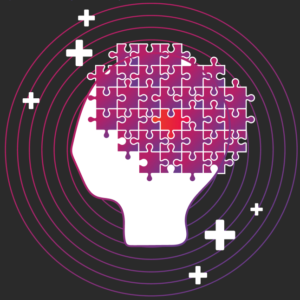
The brain is the best place to start when thinking about the healthy use of screens. Both the prefrontal cortex AND dopamine pleasure pathway are important.
Prefrontal cortex
This is the part of the brain which helps us handle impulses and urges.
Children’s pre-frontal cortexes are not fully developed. This part of the brain grows until the early twenties. Therefore, children do not have fully developed self-regulation skills. This is problematic as video games are inherently designed to be stimulating, exciting, and addictive. This is especially troublesome when parents ask their kids to come off a device before the kids are ready - early termination. We’ve all heard, “Can I have five more minutes?” Or faced a tantrum.
A major effect that screen time has is stimulating the mesolimbic dopamine pleasure pathway in the brain. Dopamine is the key neurotransmitter involved in pleasure. See below for how the dopamine pathway works.
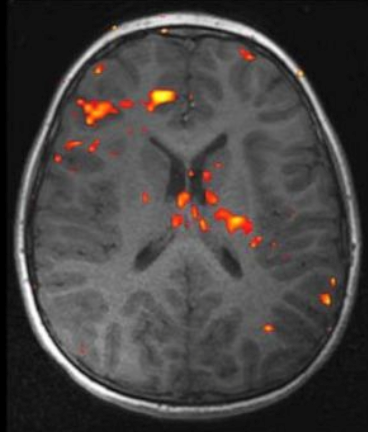
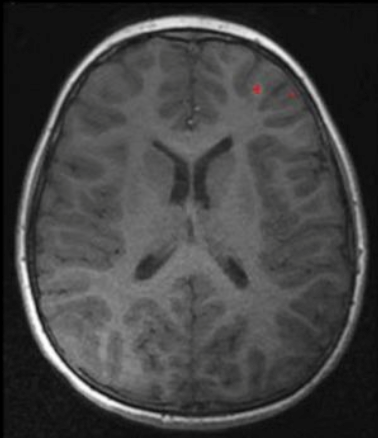
High Dopamine Activities (HDA) can be problematic when done excessively. These are activities where dopamine is available instantly AND continuously. The brain gets tired with the high flow of dopamine and needs to downregulate. Moving forward, children will require more dopamine to reach the previous level of pleasure. HDA activities can be on-screen or off-screen. Off-screen HDA activities include drugs, alcohol, and gambling. On-screen HDA activities can be video games, social media, and internet surfing.
Dr. Clifford Sussman, MD, a child and adolescent psychiatrist and psychotherapist based in Washington, DC, conducted an academic review of fMRI studies (published in the peer-reviewed Journal Child and Adolescent Psychiatric Clinics of North America).
Dr. Sussman found that the studies “strongly support the theory that IVGA (Internet and Video Game Addiction) causes long-term changes in the brain, similar to those of substance abuse.”
